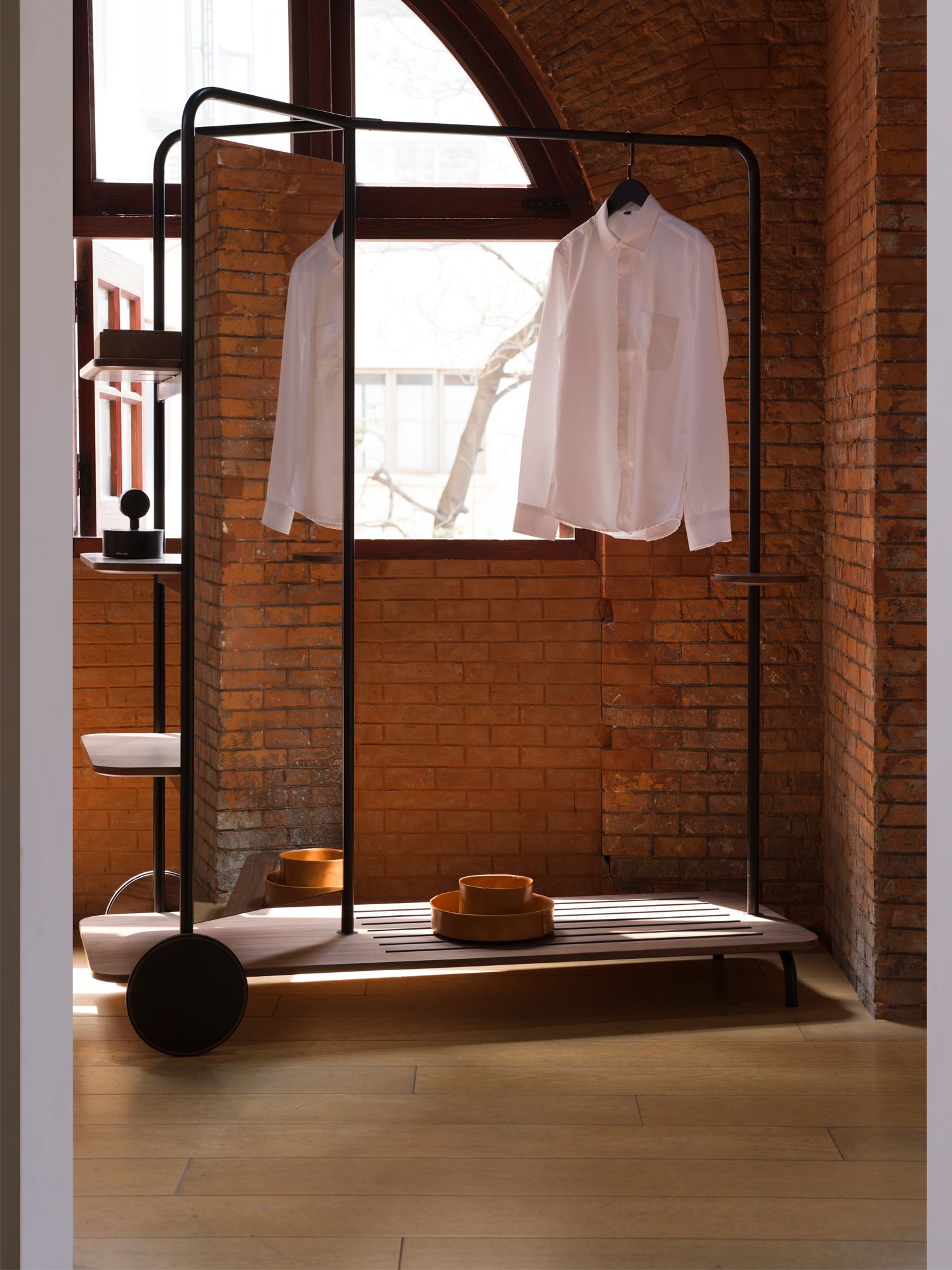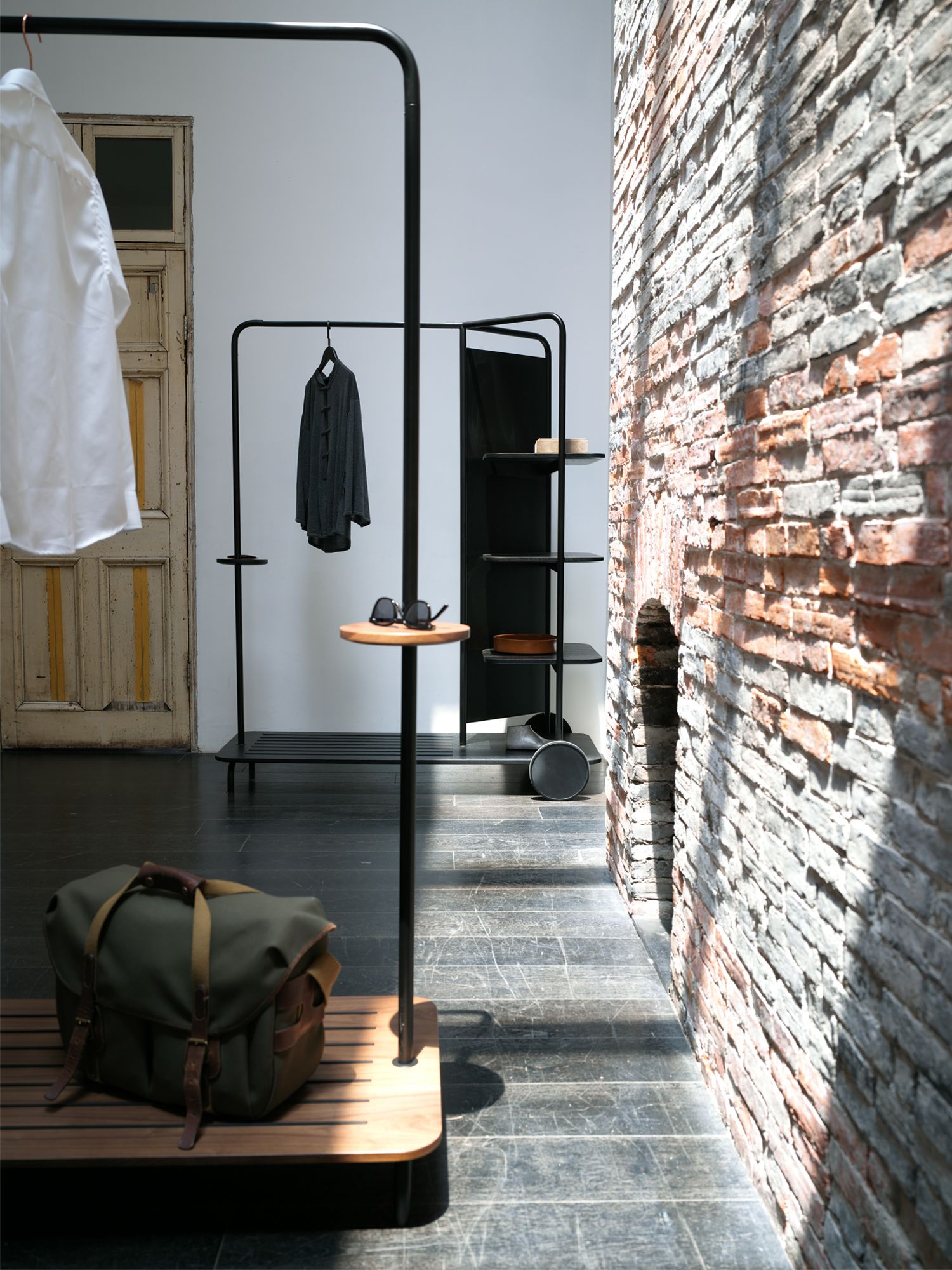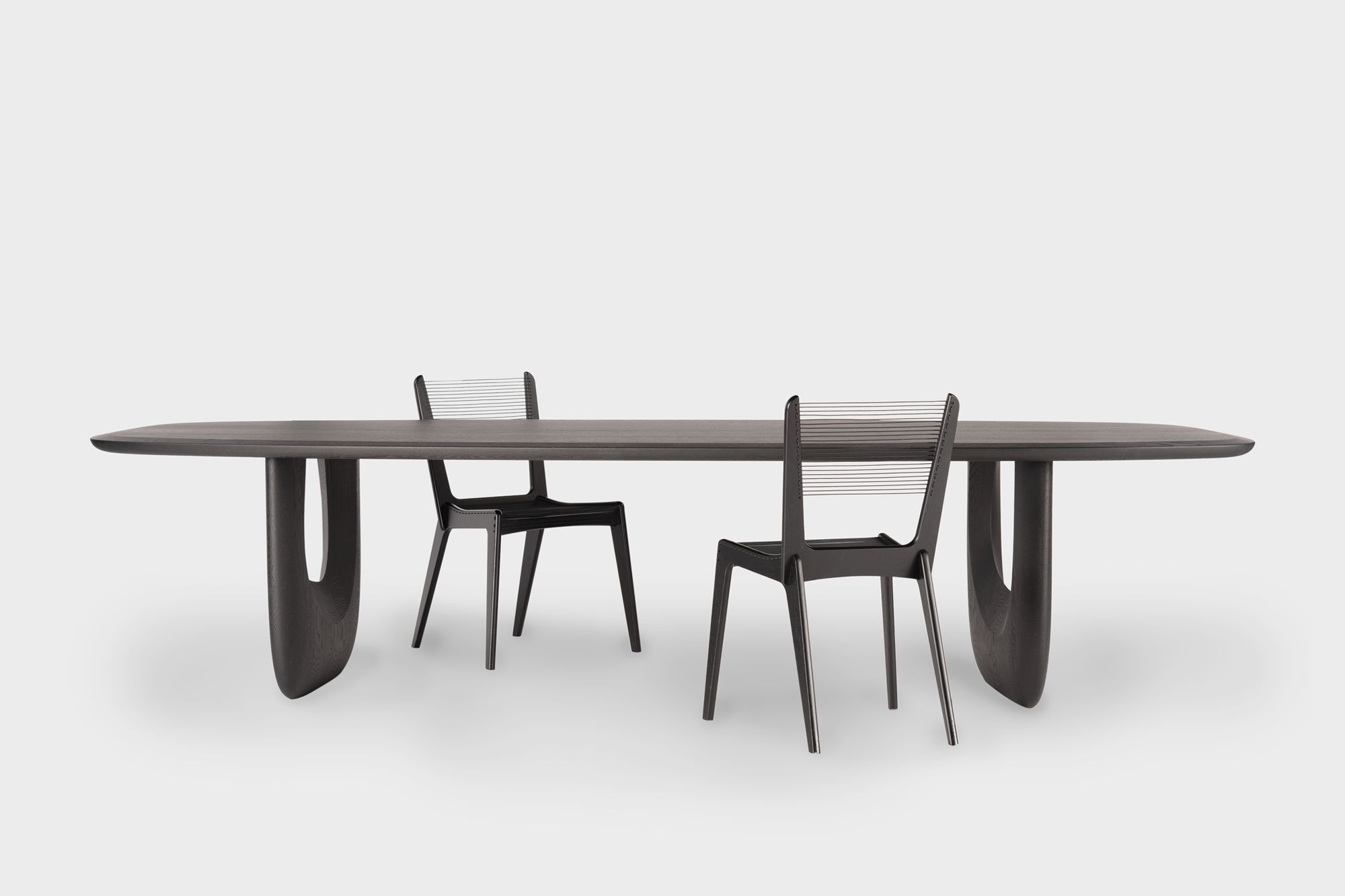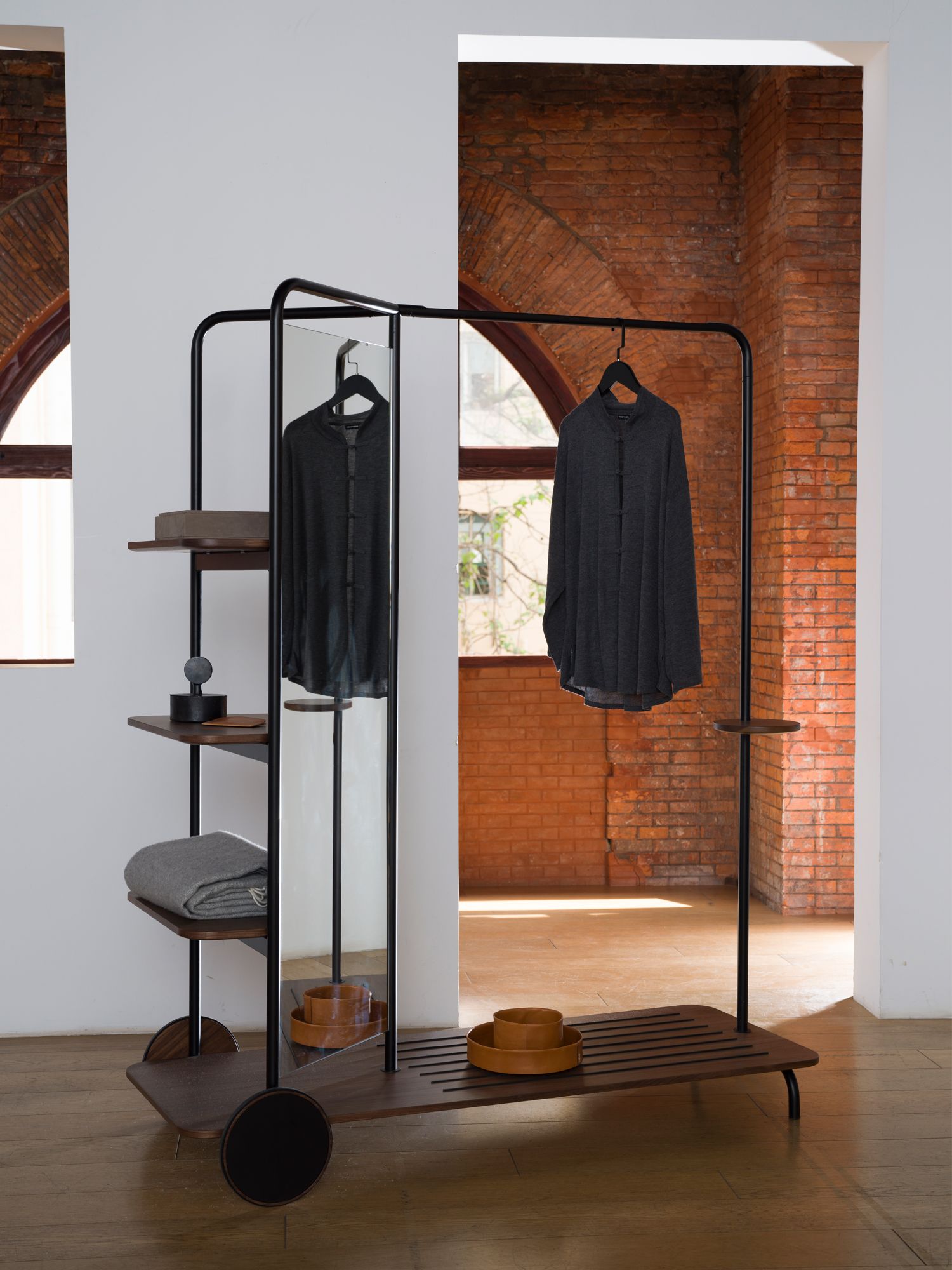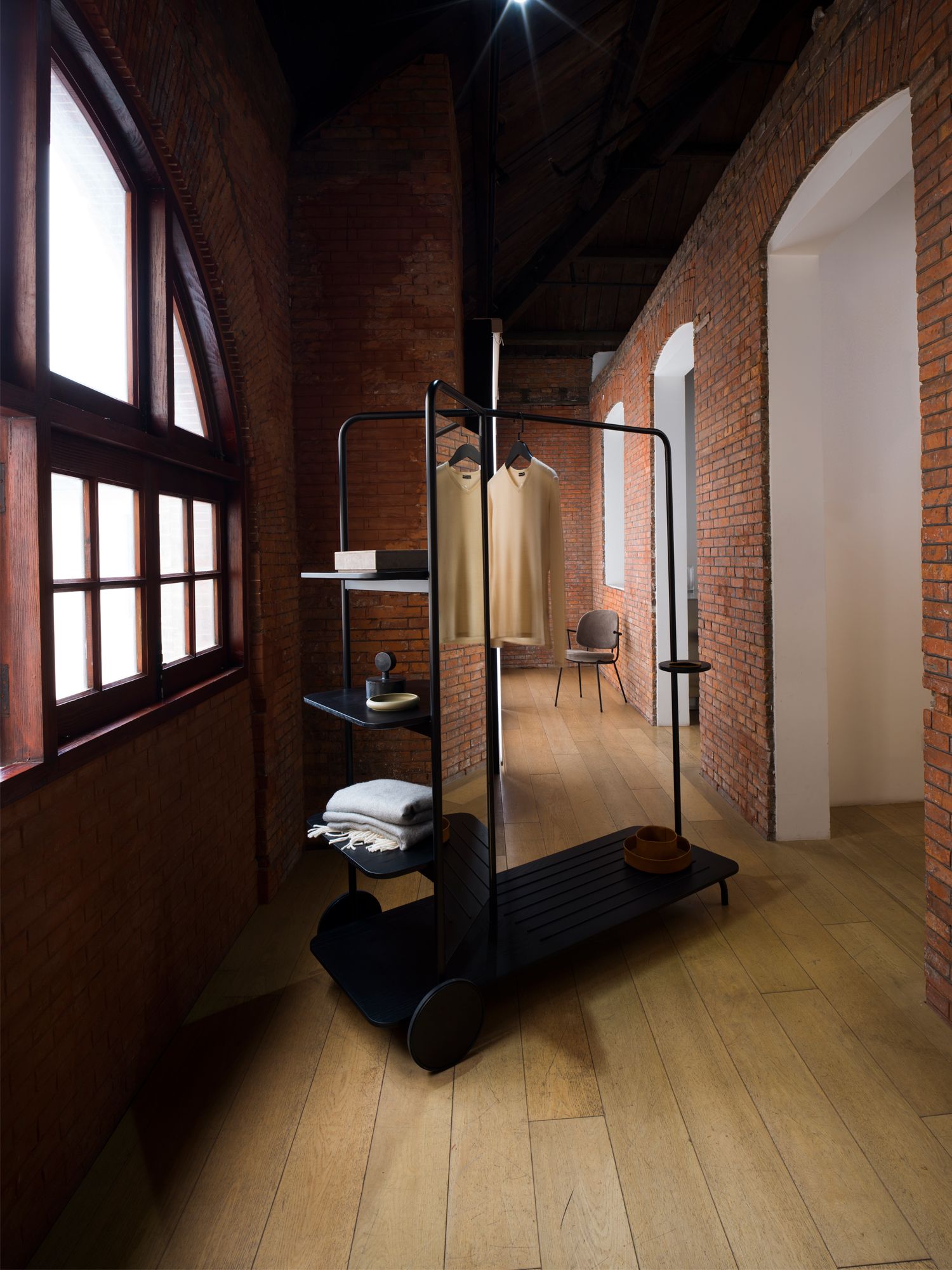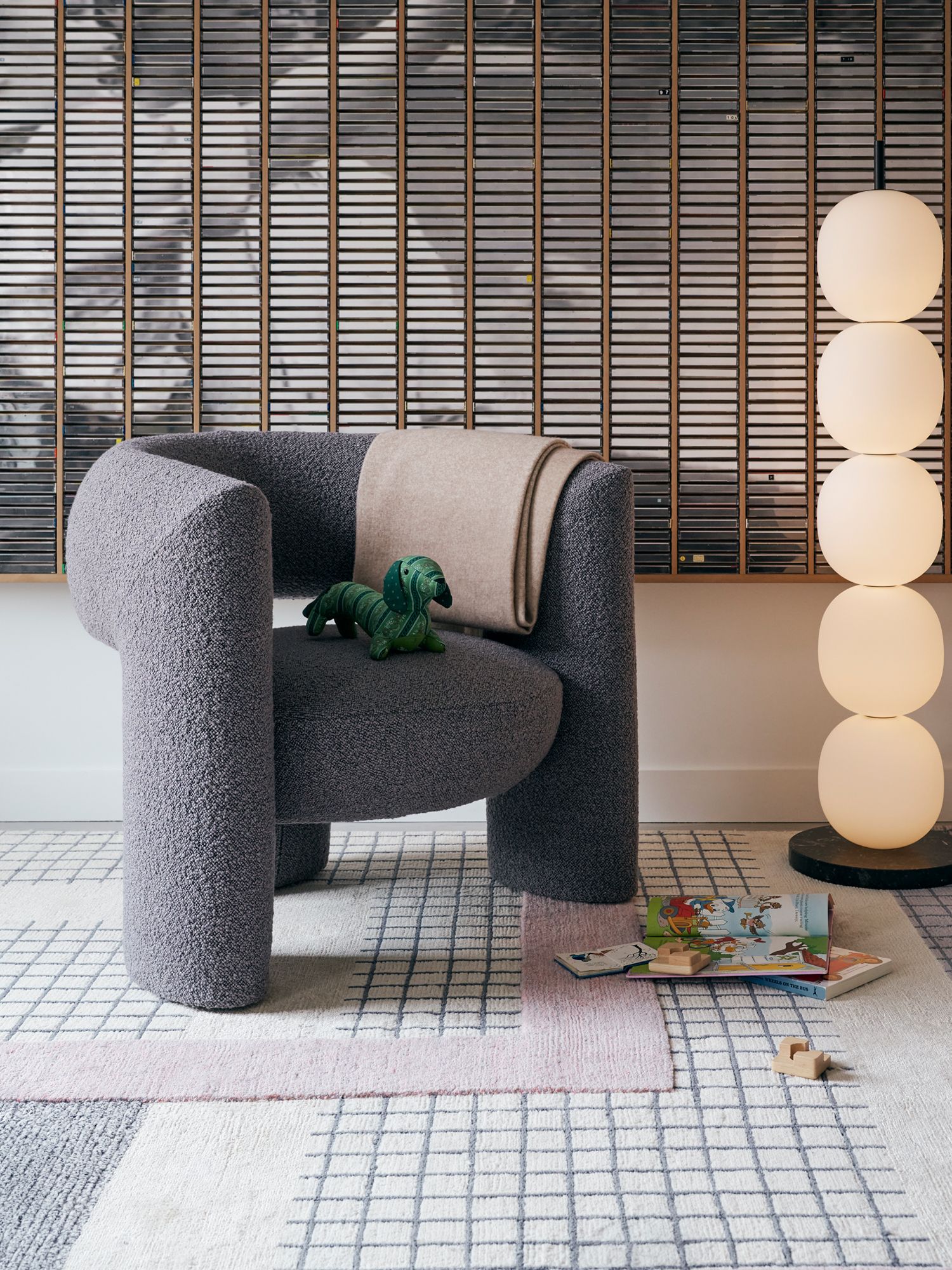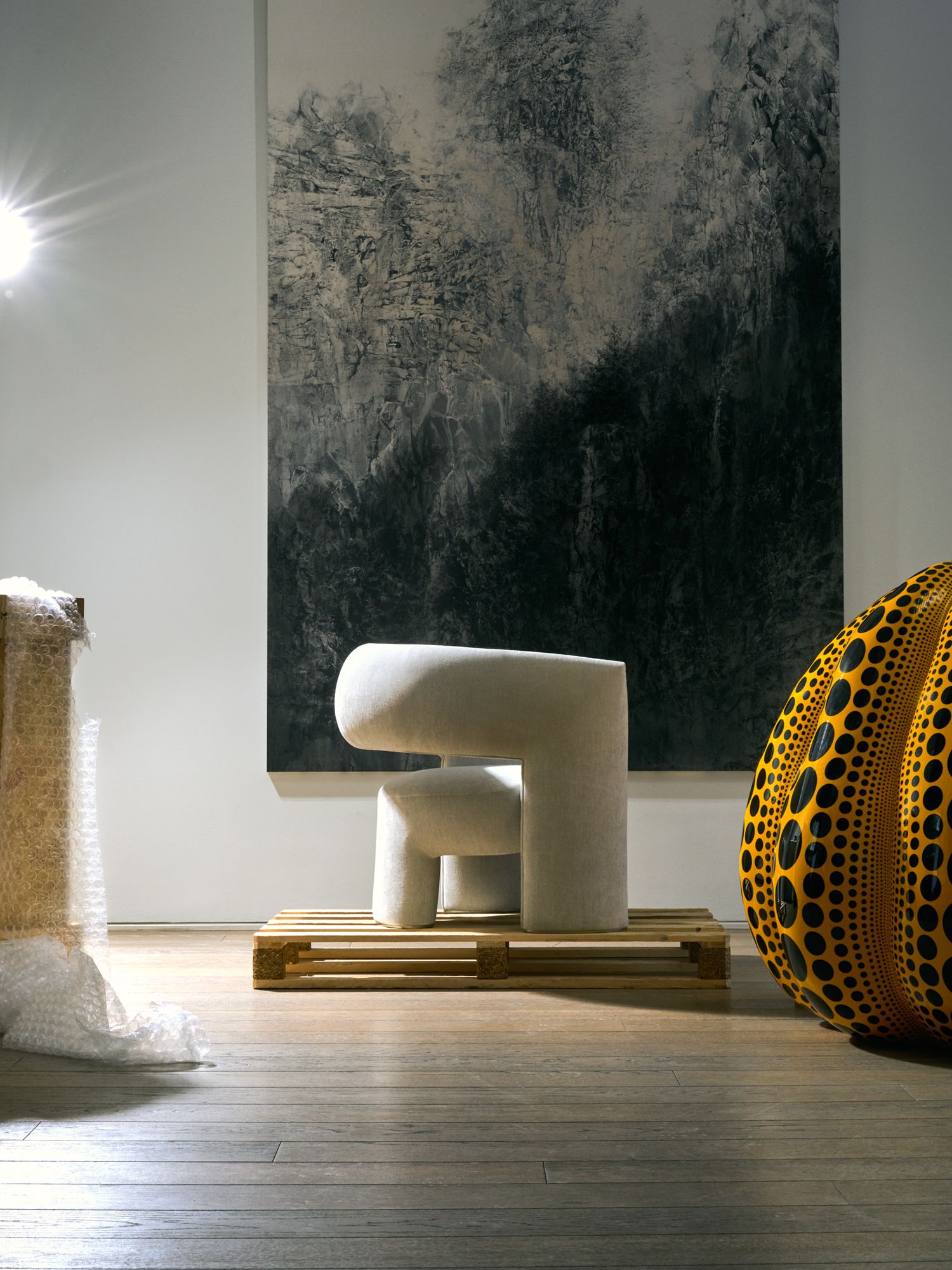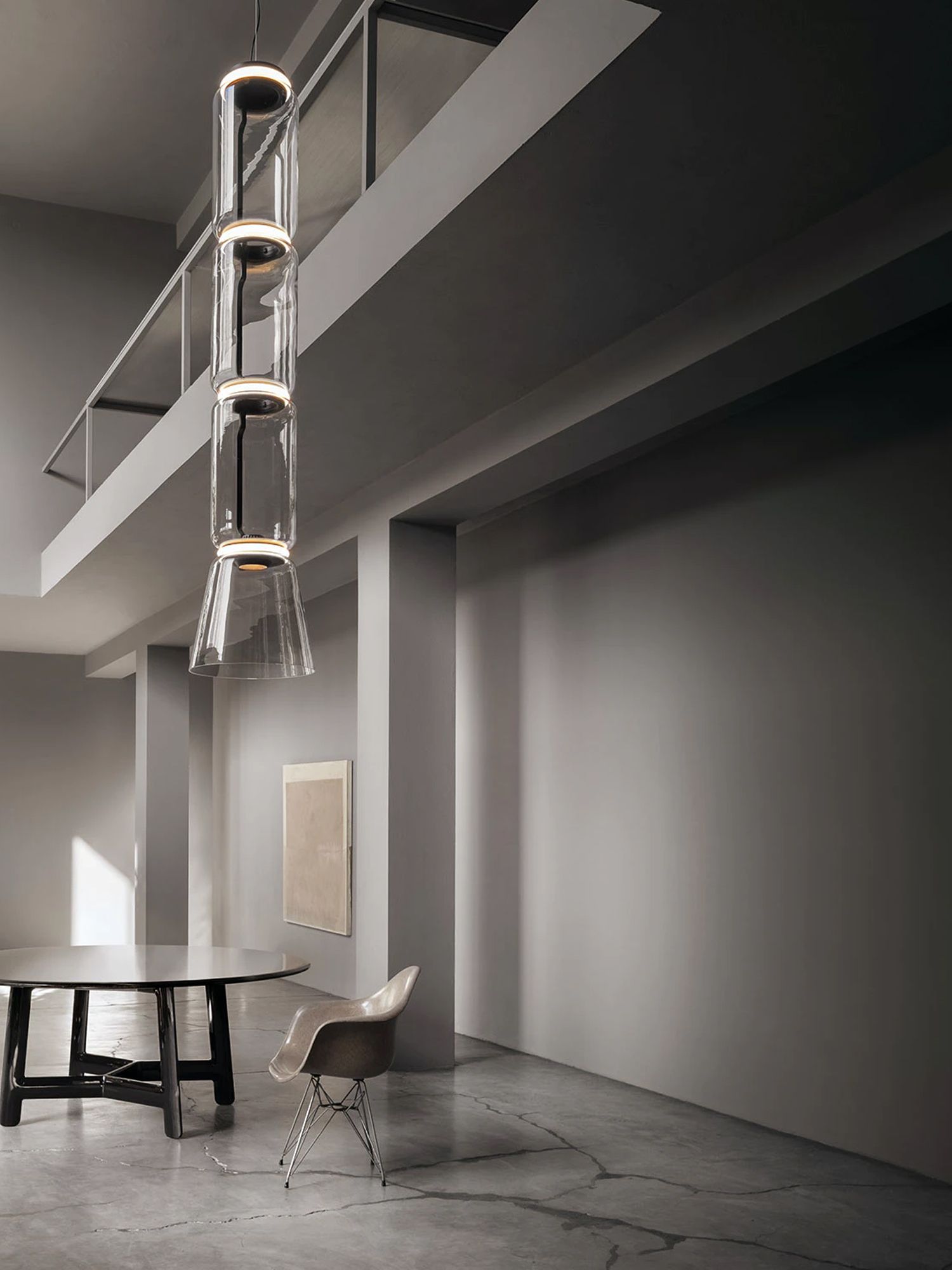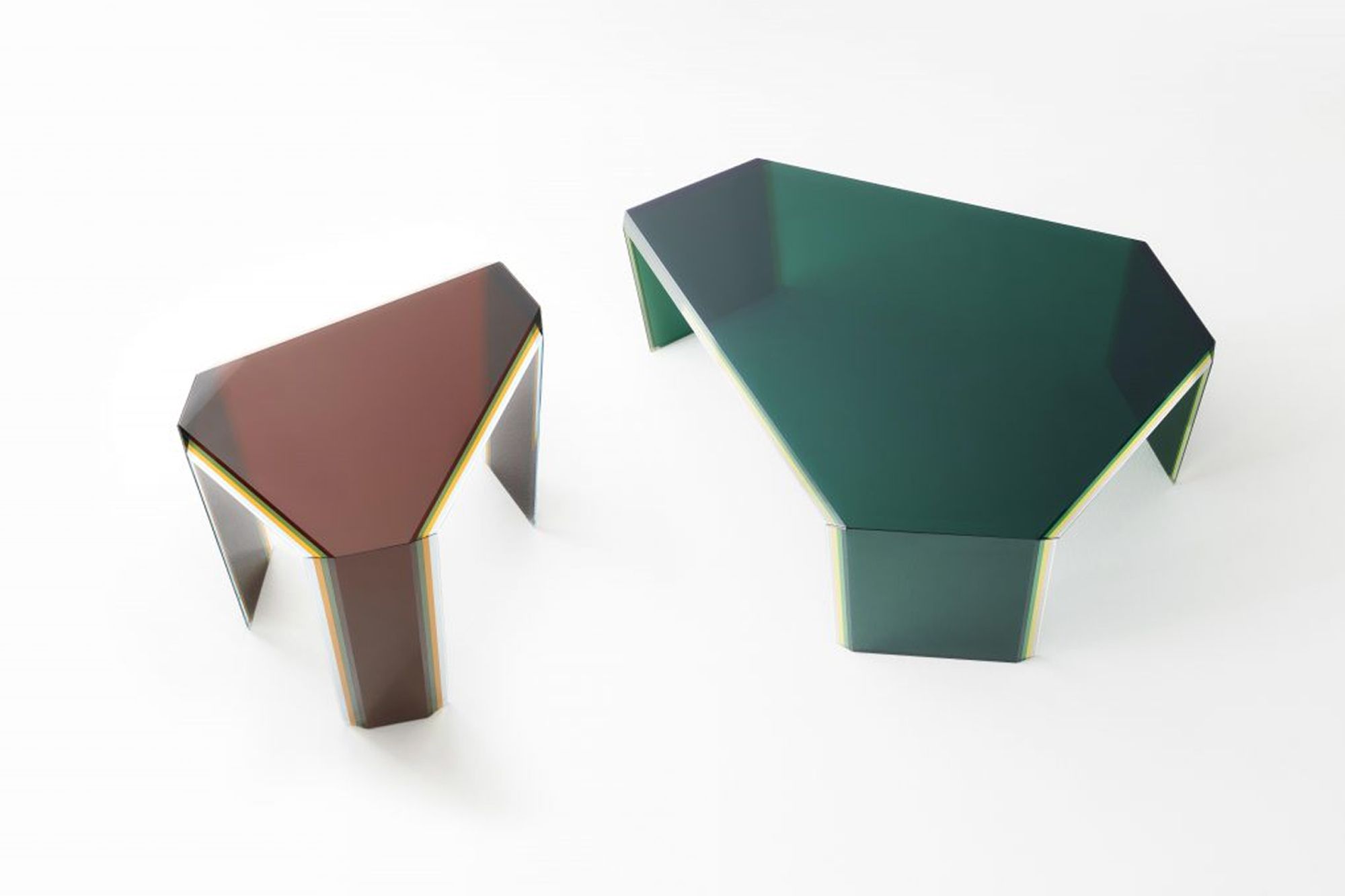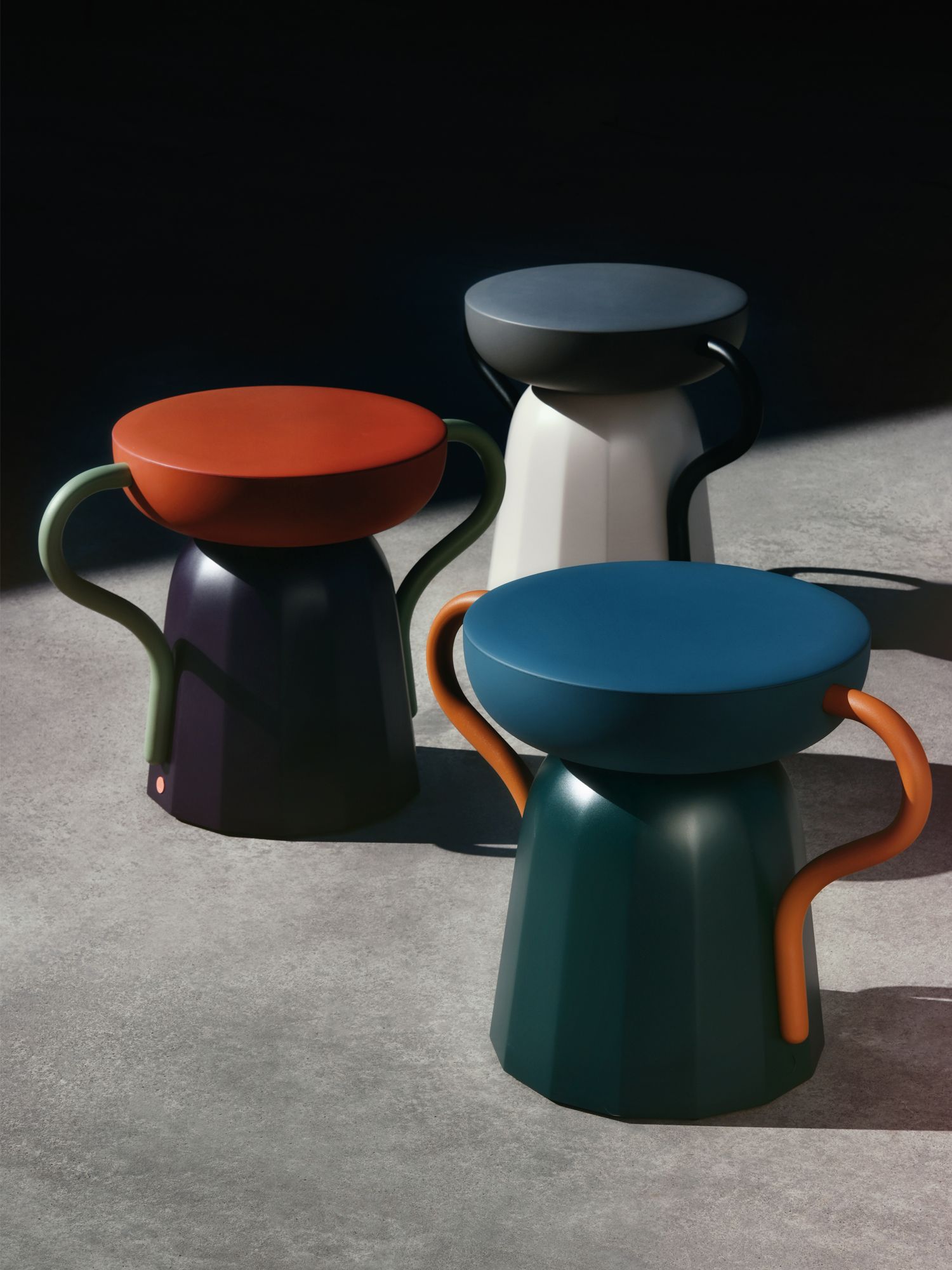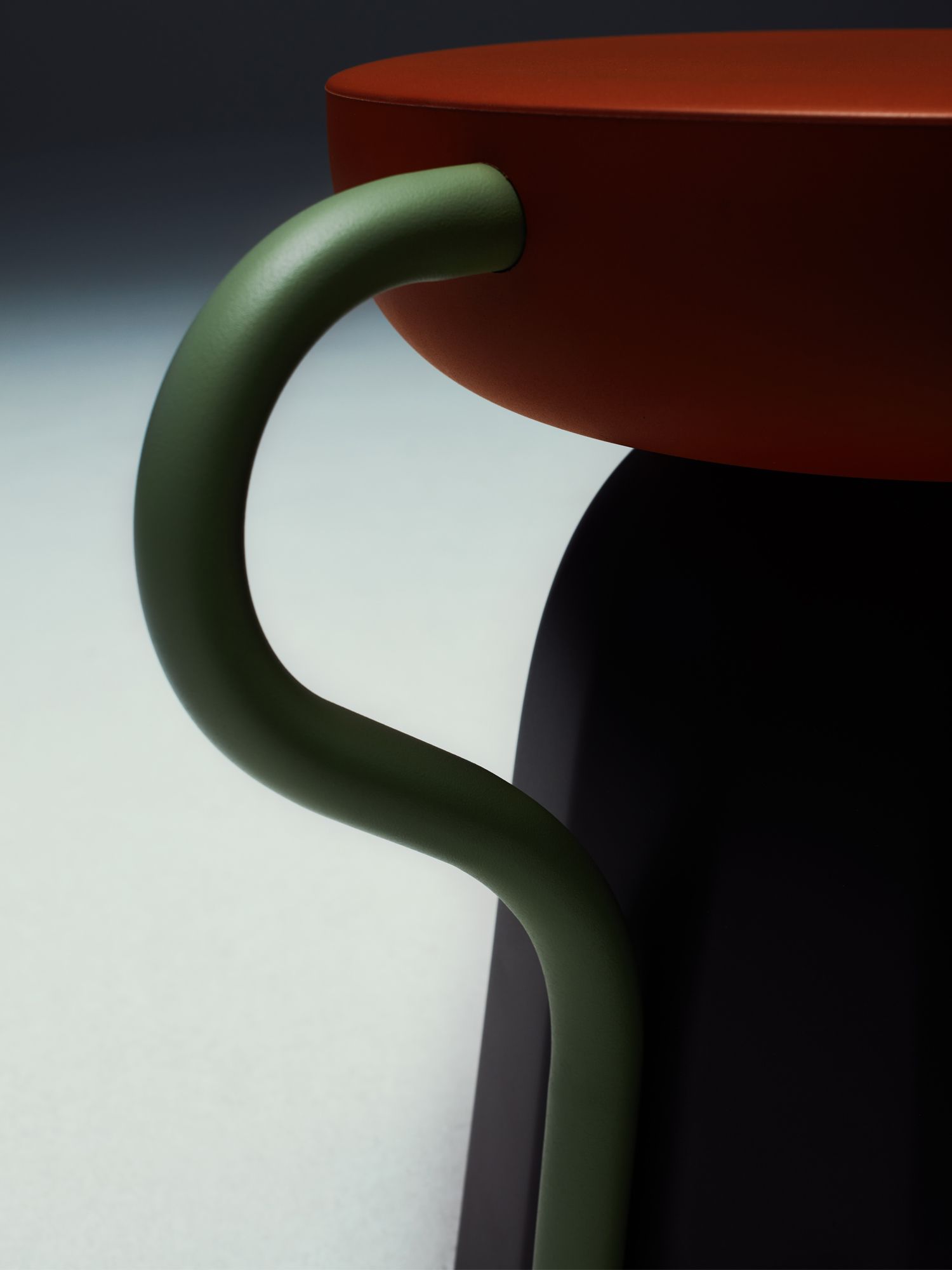German industrial designer Sebastian Herkner shares with us how people and culture influence his designs and discusses the recent decor pieces that have caught his eye
Authenticity. A fitting conceptual description that outlines German designer Sebastian Herkner’s impressive oeuvre, which ranges from product design to interiors and exhibition spaces. Whether it’s the materials, craftsmanship, or his creative process, the renowned design powerhouse approaches it all with considerable ingenuity and finesse.
“Designing is a very emotional process driven by my experience, intuition and ideas,” says Herkner. “I’ve always created in a very responsible way, from the very beginnings of my career. I want to know where the production is located and who is working there. I want to know where the materials are coming from, and how long they last.”
See also: Mood Board: Kelly Wearstler Discusses Design Trends and Stylish Decor Picks
The award-winning German designer has always had a keen interest and affinity with materials, colours, and forms. He first studied product design at the Offenbach University of Art and Design in Hessen, Germany, before taking up an internship with British fashion label Stella McCartney to hone his perception of textures and fabrics.
In 2006, he set up his namesake studio; 15 years on, the established practice is recognised as one of the best in the field, having designed for an array of notable international brands and institutions.


